For a while already I've been preferring sourdough in baking. I've had few posts earlier about starting and using sourdough even though I'm not a sourdough master. The process of learning is eternal.
As I have killed my sourdough already over 5 times, I had decided to take a "hard copy" of my sourdough. I had dried the sourdough and now I'm showing how I can re-activate it and dry it again. This is purely for educational purposes, as I have never done this before.
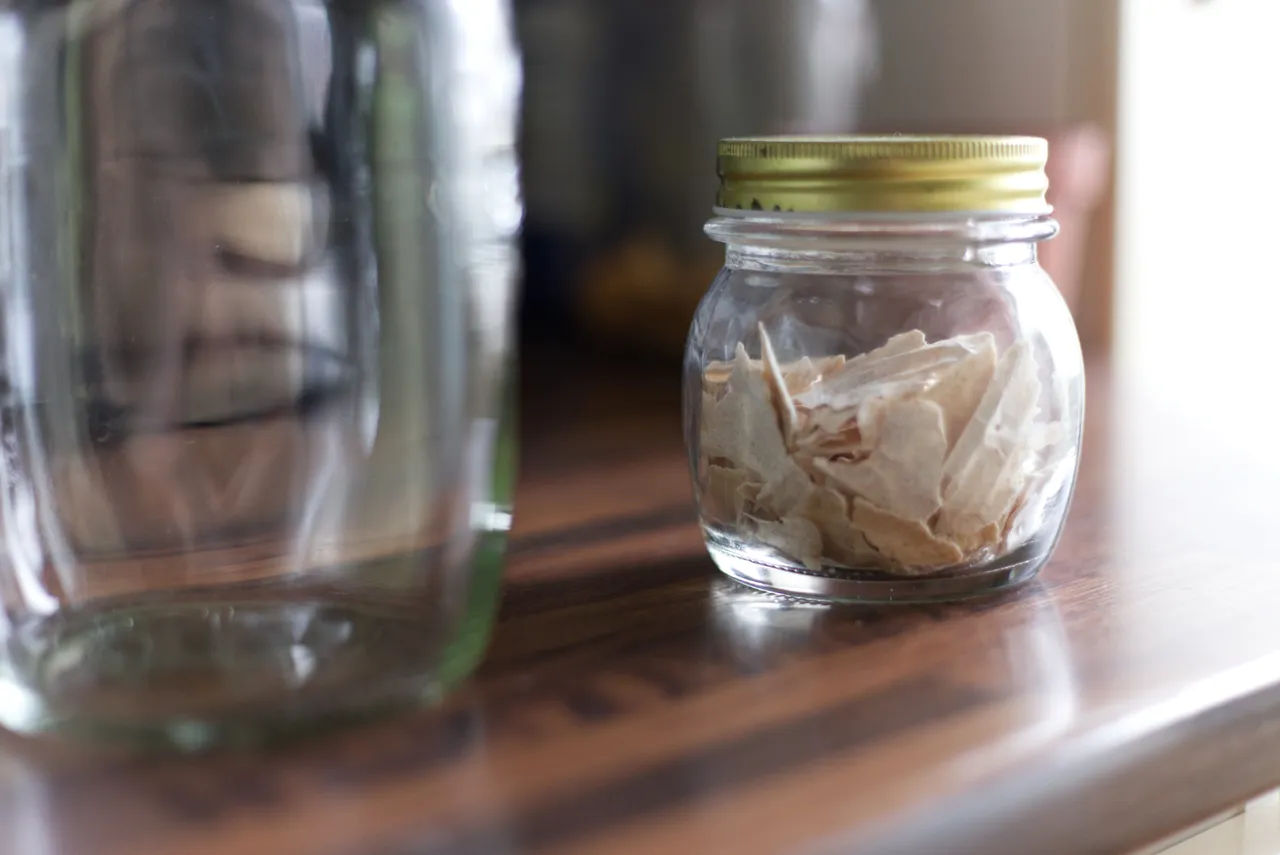
I'm starting with my jar of dried sourdough chips. If you don't have a sourdough at all, you should start one! But you can use fresh active sourdough too, but you can skip these phases then. I've been told that it's better to dry active sourdough instead of inactive one.
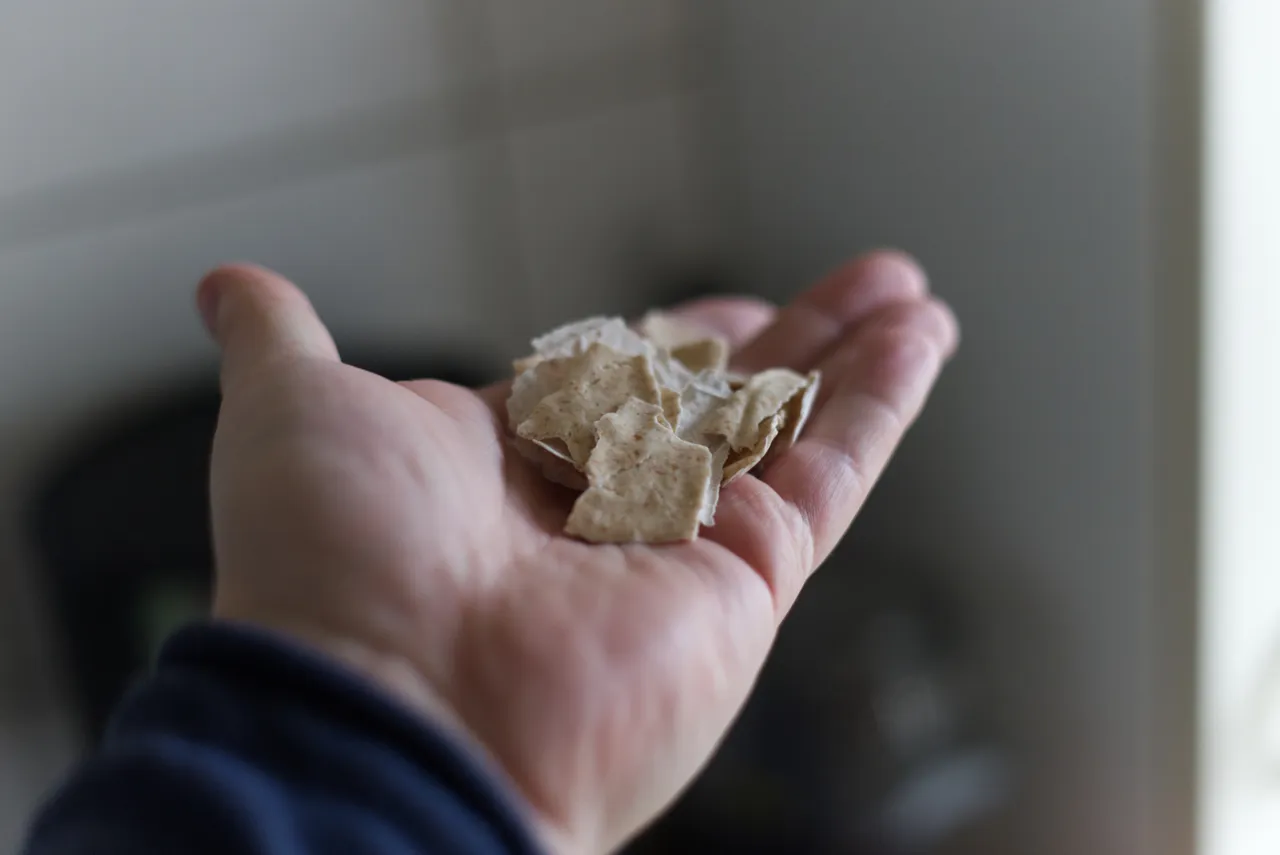
Not to use all of my spare sourdough, I took a small fistful of dried sourdough and added in a bigger jar. It doesn't need to be huge, but I only had bigger jars.
Every now and then it feels like I should write more. I should write a poem about bread in Finnish somewhere here when I'll start to feel lonely again.
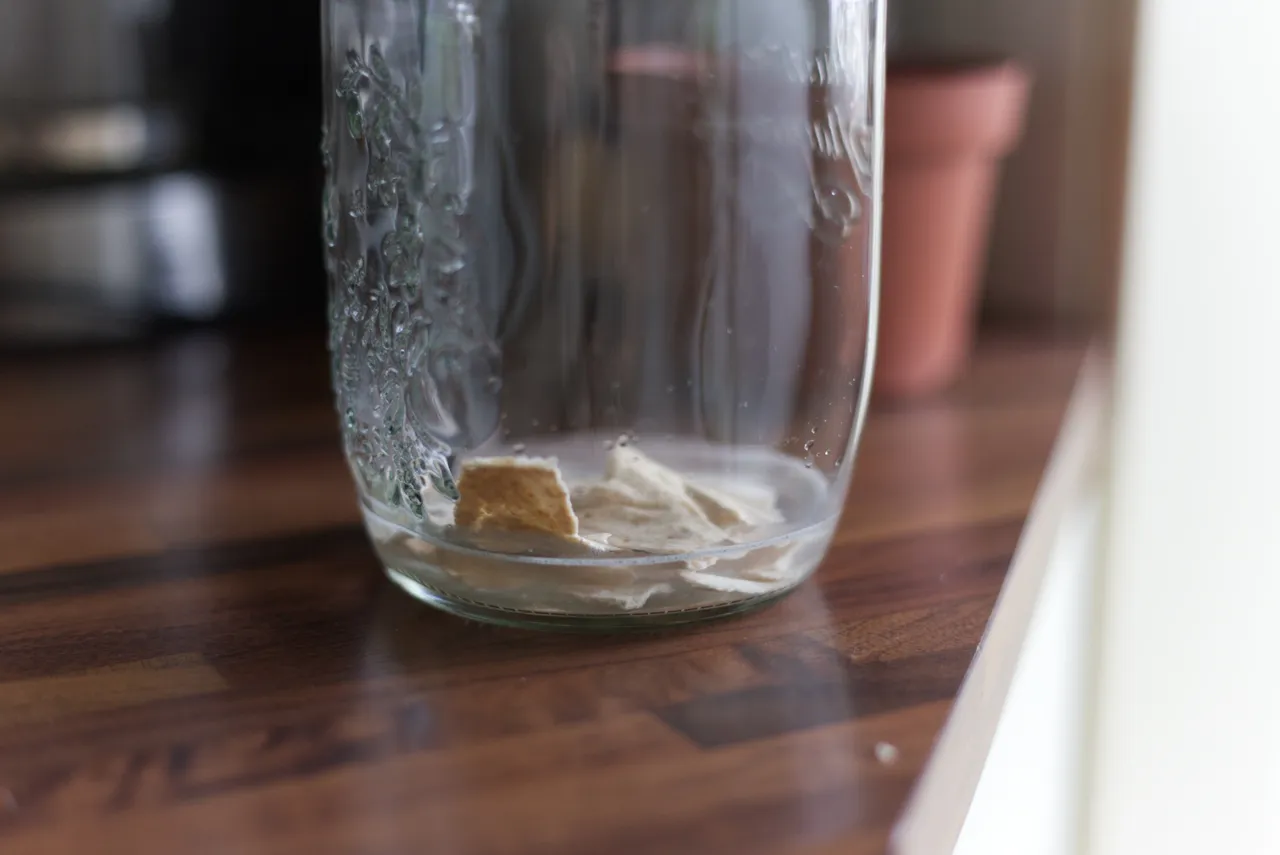
I added a small amount of water so the dried sourdough can get a bit soaked. Nothing special here, don't use hot water, but warm water is better than cold one. The sourdough gets activated faster in warm water.

After the sourdough chips had soaked for a while (I was lazy, I waited like 20 seconds, but it could be even 20 minutes if you have the time) I added a small amount of wheat flour, as I'm using a wheat sourdough.
Just use the same type of flour you normally would use with the sourdough.
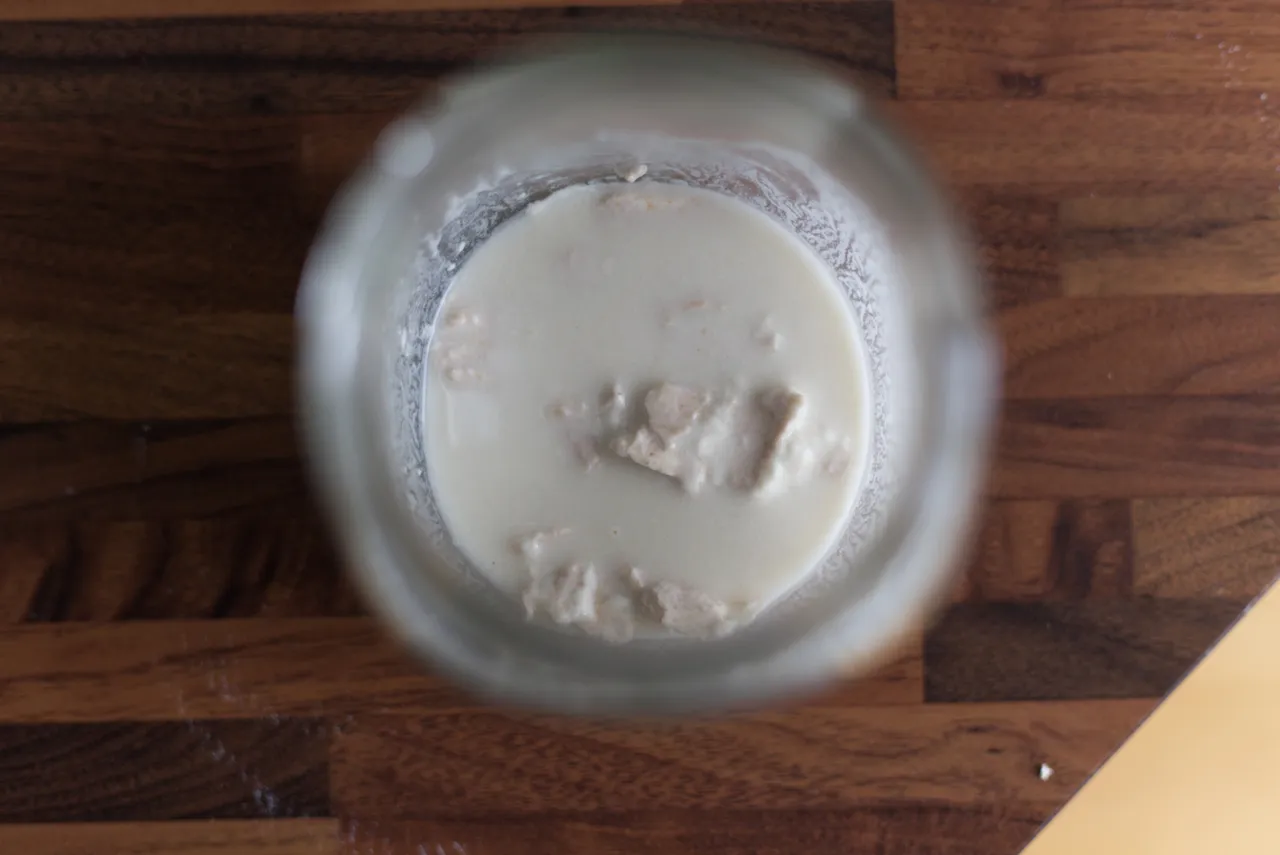
With the water and flour mixed, it should look like this. Very moist and as smooth as it gets.
Very loosely close the lid and take the new sourdough jar to a warm place. I'm using the floor in our shower, as it has underfloor heating and the shower is warmer than the rest of the house. This is left overnight or longer.

The next day, approximately 16 hours after the last photo, I took the jar again and gave it a sturdy mix with a spoon. This is what it looked after it.
The dry sourdough chips had softened up and melted in the new sourdough starter. To give the starter a proper boost, I added more water and flours.
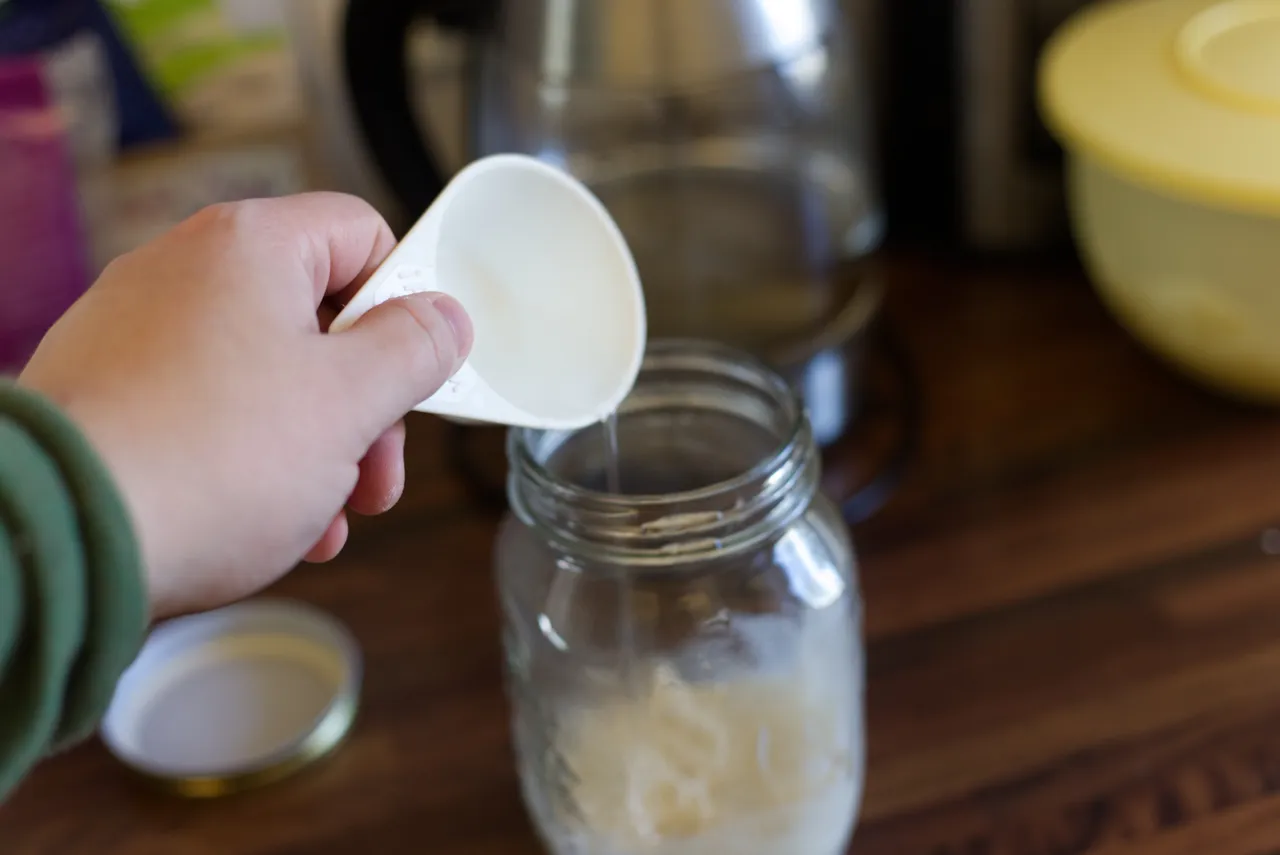
I added approx. 1 deciliter of water and enough flour to give it a nice texture. It doesn't need to be super wet anymore, as the dry chips have already been taken care of.
Kivisestä maasta kasvanut,
vilja alla auringon.
Sydämeemme koskenut,
Elämä ei oo leivätön.
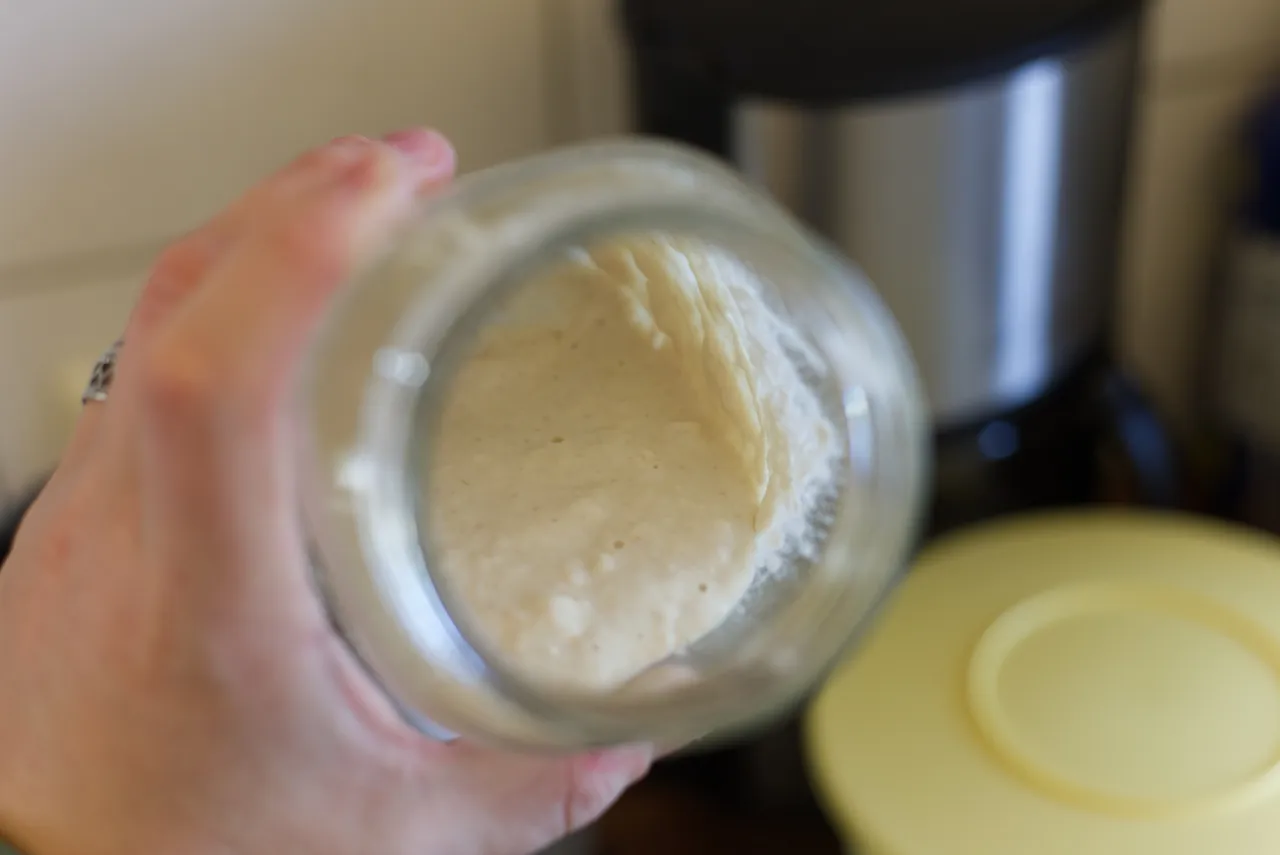
After adding the water and flour, this is what the starter looked like. It was again taken to a warm place to wait. Depending on how active the new sourdough starter is, this can be either fast or slow.
I would recommend to check the sourdough starter once every few hours to follow how the sourdough starter is being activated.
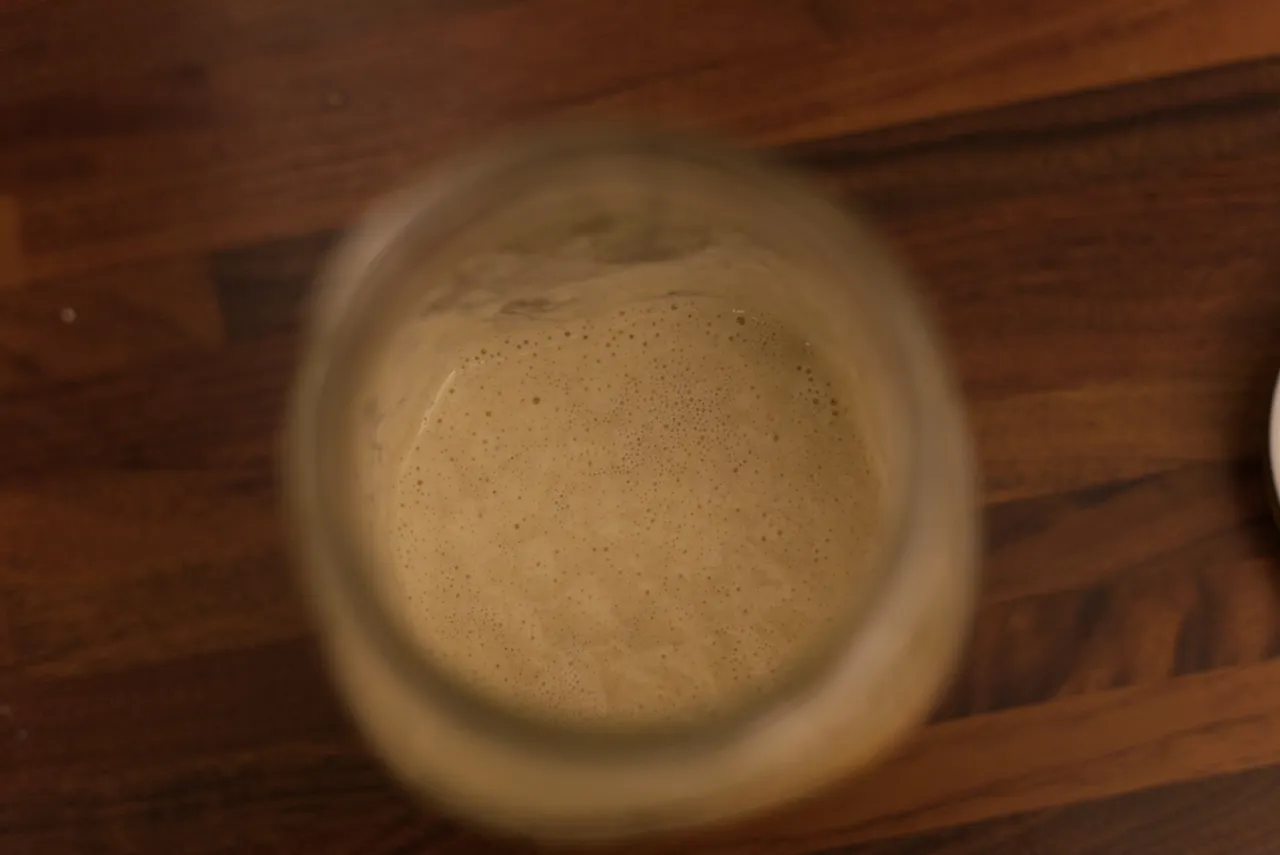
This photo is now 12 hours after the previous one. The starter was active and very bubbly, so I decided to dry it now. Depending on how strong the starter is and if you'd like to feed the "right kind" of yeasts in your sourdough, you could feed the sourdough a few more times, just by adding water and flour and then leaving it to a warm place. Just remember to see that the sourdough starter is active before feeding it again.
Overfeeding a starter will cause the sourdough to be activated slower. So give it some time to "eat" everything you've fed it.
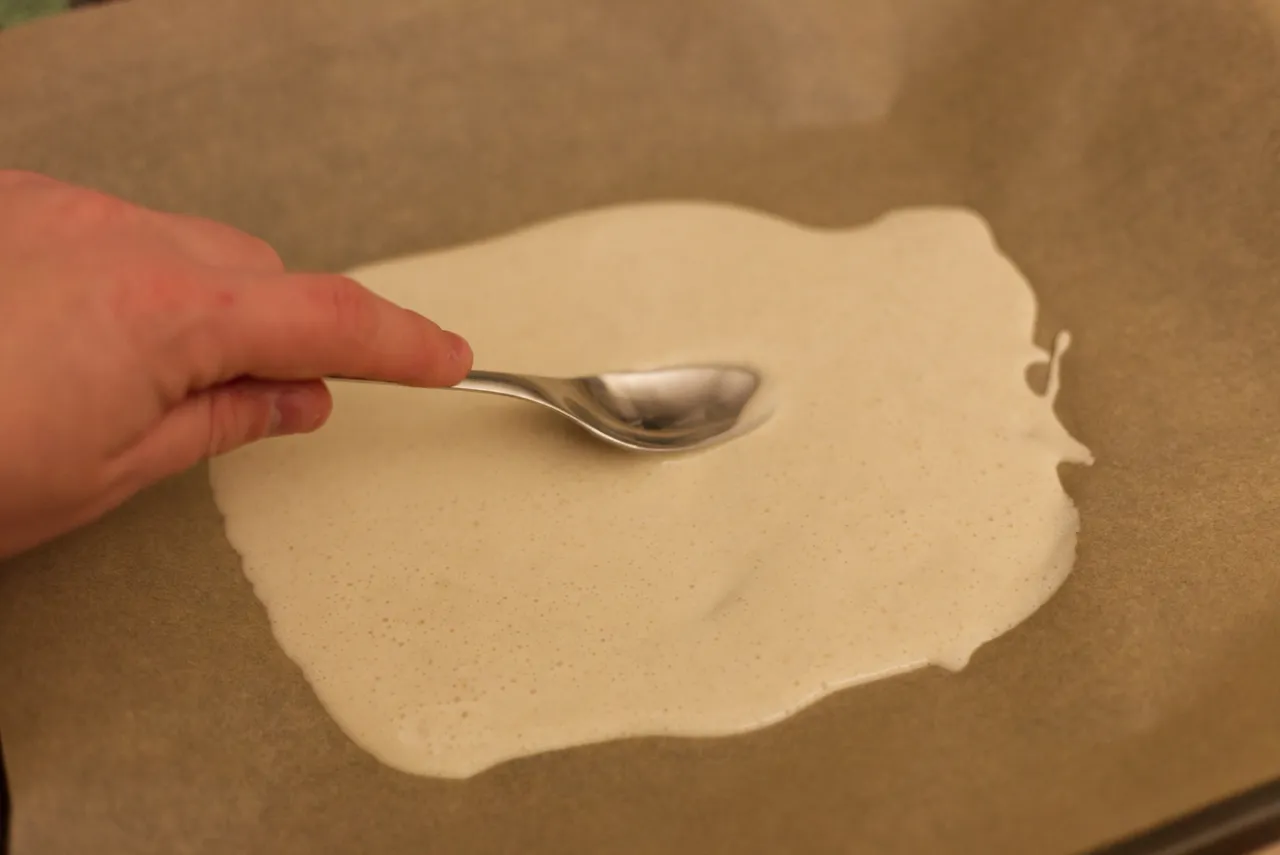
If you want to bake, take some of the sourdough for your baking. The rest can be either stored in the fridge OR be dried. I decided to spread the extra sourdough starter to a baking tray with baking paper.
A thin layer of starter will dry faster, so using a spoon or some other tool is recommended. If the starter is very wet, it can spread well without extra help, but otherwise you'll need to work a bit.
The thinner the better.
Leave it to dry for the required amount of time.
Don't try to dry this with heat so you won't kill the yeast in the sourdough! You can put this in a warm place, but the yeast will die in heat. The sourdough is useless if you kill all the yeast with "efficiency".
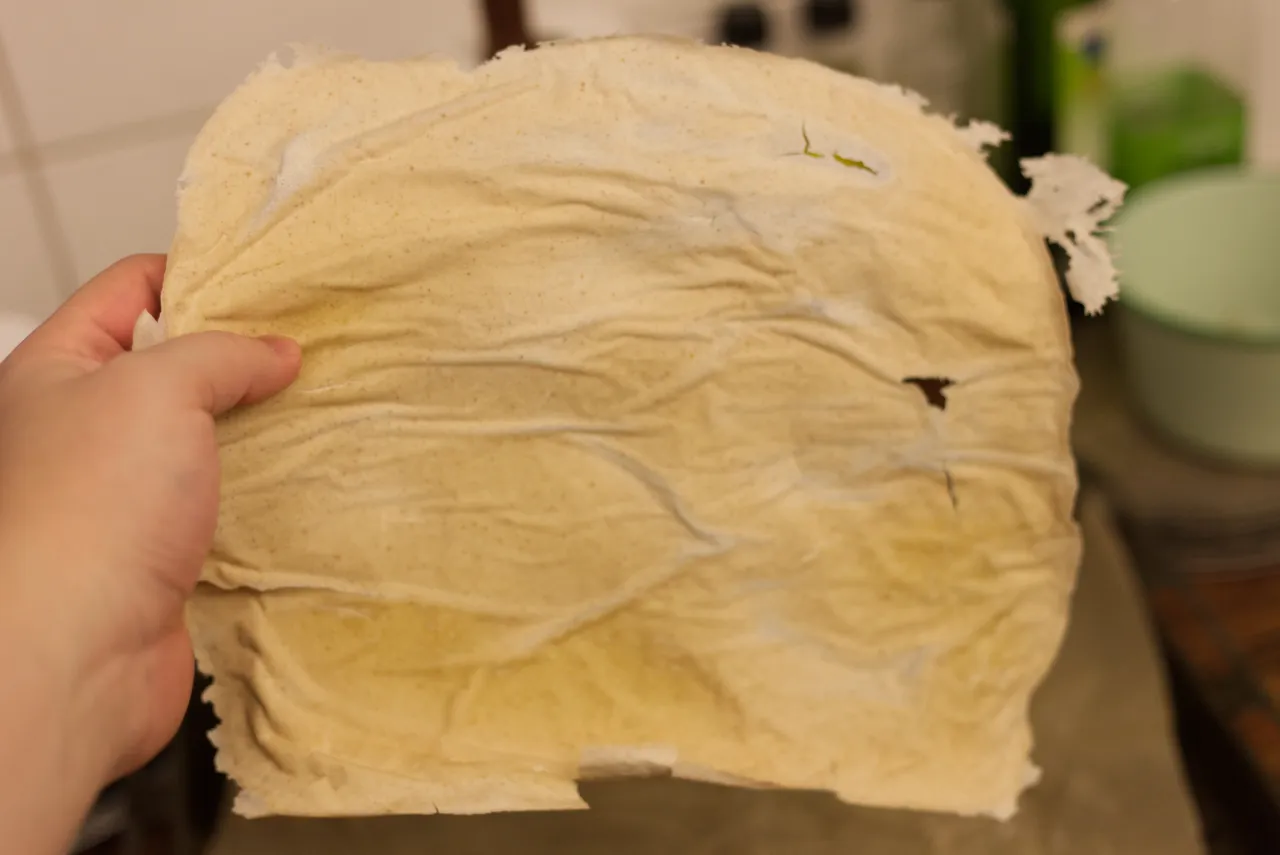
And the sourdough starter has dried up!
Just cut or crack it in pieces and store it somewhere dry. If you store it in a jar like I do, you can leave the lid a bit open.

And we're back in the start. You have a jar of dried sourdough and I was able to re-use the photo instead of uploading another one.
I really liked this one better.
